How to properly sight in your bow for archery hunting?

Hey there, fellow archery enthusiasts! Are you gearing up for an exciting hunting season with your trusty bow? Well, if you want to maximize your chances of a successful hunt, there’s one important step you can’t afford to skip: properly sighting in your bow. Trust me, it’s an absolute game-changer! In this blog post, we’re going to dive into the world of archery hunting and show you exactly how to ensure your bow is perfectly dialed in for those critical shots. So, whether you’re a seasoned hunter looking to fine-tune your skills or a newbie eager to learn the ropes, get ready to take your archery game to the next level. Let’s get started, shall we?
Top Picks for Mastering the Art of Archery Hunting
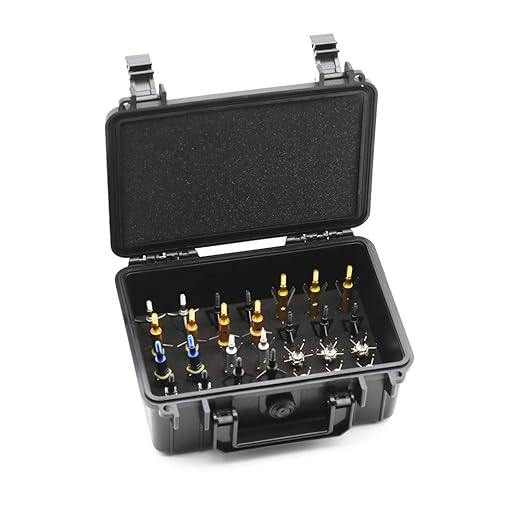
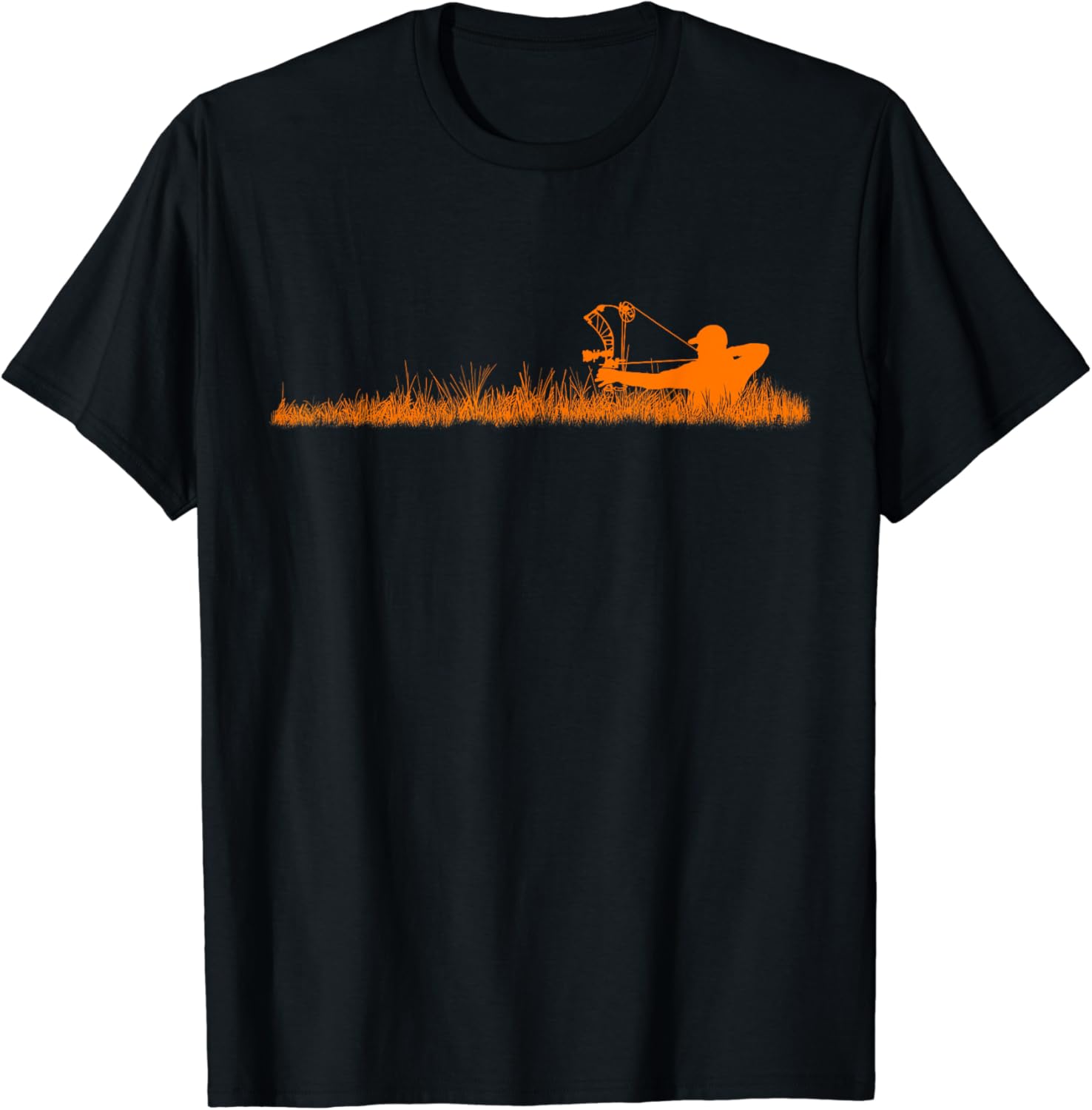

Understanding the Basics of Sighting in Your Bow
When it comes to archery hunting, one of the most crucial aspects of achieving accuracy is properly sighting in your bow. This process involves aligning your bow’s sight pins with your target, ensuring that your arrows consistently hit the mark. In this blog section, we will explore the importance of this practice and delve into the key factors that affect accuracy, including draw length, draw weight, and anchor point.
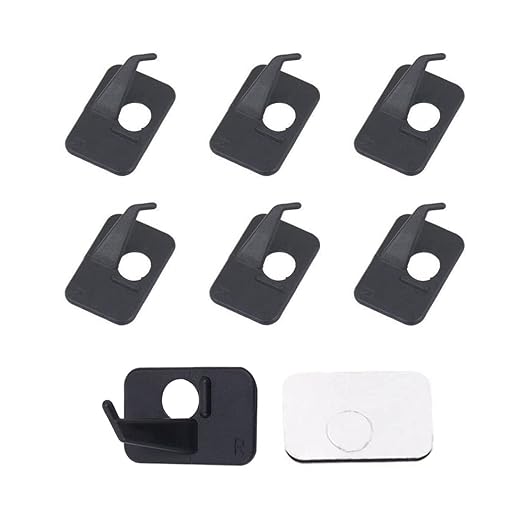
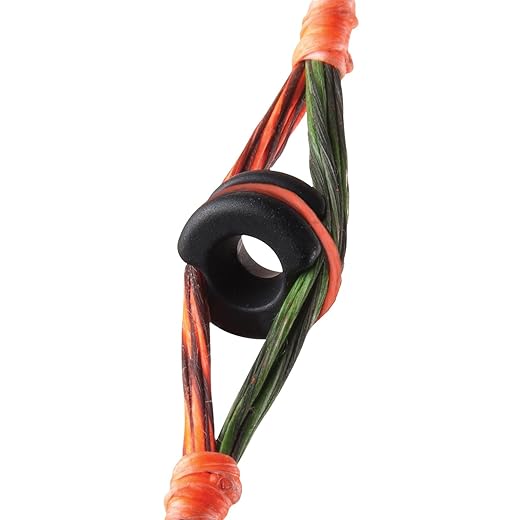
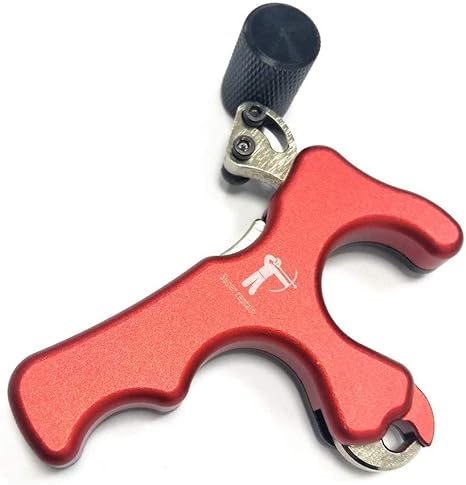
Why Sighting in Your Bow Matters
Sighting in your bow is essential for several reasons:
- Consistency: By properly aligning your sight pins with your target, you establish a consistent point of reference for each shot, leading to more accurate results.
- Confidence: When you know that your bow is accurately sighted in, you gain confidence in your shooting abilities, enabling you to focus on other important aspects of your hunt.
- Ethics: An accurately sighted bow reduces the risk of making poor shots that could lead to wounded animals. Ethical hunting practices prioritize clean kills and minimizing suffering.
Key Factors Affecting Accuracy
To achieve accurate shots, it is crucial to consider the following key factors:
1. Draw Length
Draw length refers to the distance between the bowstring at full draw and the grip of your bow. It plays a significant role in accuracy, as an incorrect draw length can lead to inconsistencies in your shooting form. To ensure that your draw length is appropriate, it is recommended to consult with a professional archery shop. They can use a draw length gauge to measure your specific requirements and make any necessary adjustments.
2. Draw Weight
Draw weight refers to the amount of force required to draw your bow’s string to its full draw length. It directly impacts arrow speed and kinetic energy, which in turn affect accuracy. Choosing the right draw weight depends on factors such as your physical strength, shooting style, and hunting preferences. It is advisable to start with a comfortable draw weight and gradually increase it as your skills and strength improve.
3. Anchor Point
Your anchor point is the consistent position at which you draw your bowstring to your face. Establishing a repeatable anchor point is crucial, as it ensures consistent alignment of your bow with your target. Many archers find success by placing the corner of their mouth, the tip of their nose, or their chin on a specific reference point. Experimenting with different anchor points and finding what works best for you is essential for accuracy.
Sighting in Your Bow
Now that we understand the importance of sighting in your bow and the factors that affect accuracy, let’s discuss the process itself. Here are the steps you can follow to sight in your bow effectively:
- Setup: Install your bow sight securely, ensuring it is aligned with your bow’s riser. Make sure the sight pins are level and positioned correctly for your dominant eye.
- Close-Range Shots: Begin by sighting in your bow at a close range, typically around 10 yards. This allows you to fine-tune your sight pins, ensuring they are aligned with your target accurately.
- Gradual Distance Increase: Once you have achieved consistent accuracy at close range, gradually move back to longer distances, such as 20, 30, or 40 yards. Adjust your sight pins accordingly to accommodate for the increasing distance.
- Fine-Tuning: As you shoot at different distances, make minor adjustments to your sight pins to ensure precise alignment with your target. This process may require patience and multiple rounds of shooting.
- Practice: Regularly practice shooting at various distances to reinforce your sighted-in bow’s accuracy. Consistent practice will help you develop muscle memory and improve your overall shooting skills.
Choosing the Right Sight for Your Bow
When it comes to archery, having the right sight for your bow can make all the difference in your accuracy and overall shooting experience. With the wide variety of sights available on the market, it can be overwhelming to determine which one is best suited for your needs. In this blog post, we will provide an overview of different types of sights, discuss their features, pros, and cons, and guide you in selecting the most suitable sight for your archery endeavors.
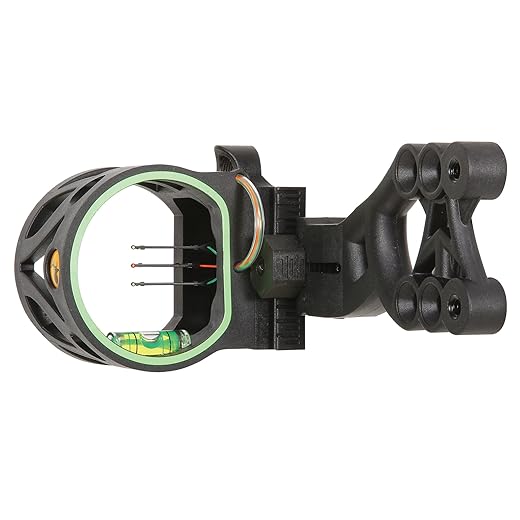
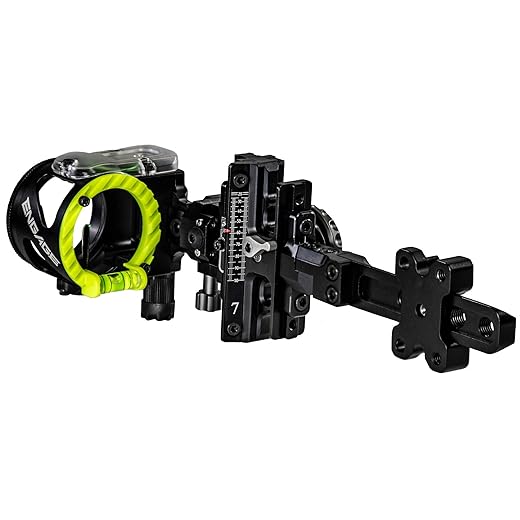
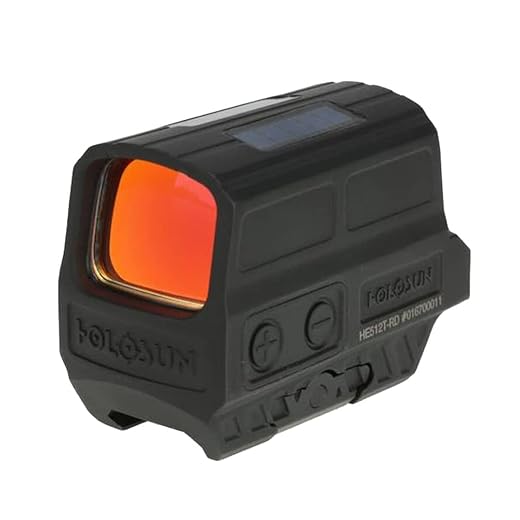
Pin Sights
Pin sights are the most common type of sight used by archers. They consist of multiple pins, usually made of fiber optic material, that are adjustable for different distances. Here are some key features, pros, and cons of pin sights:
GUNS.com Early Black Friday Door Busters
Guns.com Now has Gift Cards! Click For Details! GDCEarly Black Friday Door Busters: WALTHER PPQ M2 ONLY $275.99
Early Black Friday Door Busters: TOKAREV TAR 12MP ONLY $227.99
Early Black Friday Door Buster: GLOCK G45 GEN 5 FACTORY REFURBISHED ONLY $429.99
Early Black Friday Door Buster: KOMANDO DEFENSE 9MM 115GR (CASE OF 1K) ONLY $229.99
Early Black Friday Door Busters: FN HIGH PERFORMANCE 5.7X28MM BULK (500 RDS) ONLY $275.99
Early Black Friday Dorr Busters: PANZER ARMS PA37 ONLY $329! GDC
Black Friday early Access: Buy a gun Ammo Ships Free! GDC
Black Friday early Access sale: $99 Derringers! GDC
Features:
- Multiple adjustable pins for different yardages
- Fiber optic material for improved visibility
- Lightweight and easy to install
Pros:
- Allows for precision aiming at various distances
- Provides a clear sight picture
- Offers a customizable setup with adjustable pins
Cons:
- Requires practice to become proficient in adjusting and using different pins
- Limited visibility in low-light conditions
Pendulum Sights
Pendulum sights, also known as tree stand sights, are designed specifically for shooting from an elevated position, such as a tree stand. They automatically compensate for the angle at which you are shooting, providing a more accurate aim. Here’s what you need to know about pendulum sights:
Features:
- Automatically adjusts for shooting from elevated positions
- Single pin sight with adjustable yardage
Pros:
- Eliminates the need for manual adjustments when shooting from a tree stand
- Offers improved accuracy when shooting downward
Cons:
- Limited usability for shooting from level ground or in different scenarios
- Requires getting accustomed to the unique aiming method
Fixed Pin Sights
Fixed pin sights are similar to pin sights but have a fixed number of pins, usually three or five. These pins are set at predetermined distances, allowing for quick and easy aiming. Here’s a breakdown of fixed pin sights:
Features:
- Fixed number of pins at specific distances
- Durable construction for long-lasting use
Pros:
- Provides a straightforward aiming system with minimal adjustments required
- Offers simplicity and ease of use for beginners
Cons:
- Limited adjustability for shooting at various distances
- May require additional sight tape or marks for precise yardage
Single Pin Slider Sights
Single pin slider sights, also known as movable sights, feature a single pin that can be adjusted horizontally to accommodate different yardages. They are highly versatile and offer excellent precision. Let’s dive into the details of single pin slider sights:
Features:
- Single pin that can be adjusted horizontally
- Smooth and precise adjustment for different distances
Pros:
- Provides pinpoint accuracy at various yardages
- Offers a clutter-free sight picture for improved focus
Cons:
- Requires frequent adjustments for different distances
- May take some time to get accustomed to adjusting the single pin
Choosing the Right Sight
Now that you have an understanding of the different types of sights available, it’s time to select the most suitable sight for your needs. Consider the following factors when making your decision:
- Shooting style: Determine whether you prefer fixed distances or the flexibility of adjustable sights.
- Shooting environment: Consider the lighting conditions and any specific scenarios you regularly encounter.
- Skill level: If you’re a beginner, opt for a simpler sight that is easy to use and requires minimal adjustments.
- Budget: Set a budget and look for sights that offer the best value within your price range.
By considering these factors, you’ll be able to narrow down your options and make an informed decision that suits your archery goals and preferences.
Remember, selecting the right sight is just one piece of the puzzle. Practice, consistency, and proper form are equally important in improving your archery skills. Happy shooting!
Step-by-Step Guide to Sighting in Your Bow
Sighting in your bow is an essential step to ensure accurate and consistent shooting. Whether you’re a seasoned archer or just starting out, this step-by-step guide will walk you through the process of sighting in your bow, from adjusting the sight pins to fine-tuning for accuracy. Let’s dive in!
Adjusting the Sight Pins
- Mount the Bow Sight: Begin by securely attaching your bow sight to your bow. Make sure it is aligned properly and tightened securely.
- Align the First Pin: Start by aligning the first pin, typically the top pin, with your desired distance. If you’re shooting at 20 yards, for example, adjust the pin so it points directly at your target.
- Shoot and Observe: Take a few shots at your target and carefully observe where the arrows are landing. If they consistently hit above or below the target, adjust the vertical position of the pin accordingly.
- Fine-Tune: Make small adjustments to the pin until your arrows hit the desired spot. Keep in mind that it’s better to make several small adjustments rather than one big one to avoid overcompensation.
- Repeat for Additional Pins: If your bow sight has multiple pins for different distances, repeat the process for each pin. Adjust the pins so they correspond to the desired distances, ensuring accuracy at various ranges.
Setting the Correct Distance
- Choose Your Target Distance: Decide on the distance at which you want to sight in your bow. It could be 20 yards, 30 yards, or any other distance depending on your shooting purposes.
- Measure the Distance: Use a rangefinder or tape measure to determine the exact distance between you and the target. Accuracy in this step is crucial for achieving an accurate sight.
- Adjust the Sight Pins: With the correct distance in mind, adjust the sight pins accordingly. Align each pin with the corresponding distance, starting with the closest pin.
- Shoot and Fine-Tune: Take a series of shots at the target and observe where the arrows land. If they consistently miss the target, make small adjustments to the sight pins until the arrows hit the desired spot.
Fine-Tuning for Accuracy
- Consider Environmental Factors: Take into account any environmental factors that may affect your arrow’s flight path, such as wind or uneven terrain. These factors may require additional adjustments to your sight pins.
- Make Small Adjustments: If your arrows consistently miss the target or cluster in a specific area, make small adjustments to your sight pins to correct the aim. Remember, small adjustments are key to achieving accuracy.
- Practice and Repeat: Once you’ve made the necessary adjustments, practice shooting at different distances and in various conditions. This will help you assess the effectiveness of your sight settings and make any further adjustments if needed.
Troubleshooting and Fine-Tuning
As an archer, it’s crucial to have your bow finely tuned for optimal performance. However, it’s not uncommon to encounter some challenges during the sighting-in process. In this blog section, we will address common problems archers may face and offer tips and techniques to troubleshoot and fine-tune their bows.
Common Problems During Sighting-In
Problem 1: Inconsistent Arrow Groups
Are your arrow groups all over the target? This can be frustrating, but fear not – there are a few things you can do to address this issue:
- Check your arrow rest: Ensure it is properly aligned and centered. A misaligned rest can cause arrows to fly erratically.
- Assess your arrow spine: Make sure you are using arrows with a spine suitable for your bow’s draw weight and length. An incorrect spine can affect arrow flight consistency.
- Examine your bow’s cam timing: If your cams are out of sync, it can lead to inconsistent arrow groups. Consult your bow’s manual or seek professional assistance to correct cam timing issues.
Problem 2: Bow Torque
Bow torque occurs when your bow grip or hand placement causes the bow to twist slightly upon release. This can result in inconsistent shots. To tackle this problem:
- Focus on your grip: Ensure your grip is relaxed and consistent for every shot. Avoid gripping the bow too tightly, as this can induce torque.
- Utilize a torqueless grip aid: Consider using grip aids like torqueless grips or wrist slings. These accessories can help minimize bow torque by providing a more stable shooting platform.
Fine-Tuning Techniques
Now that we’ve addressed some common sighting-in problems, let’s explore techniques to fine-tune your bow for optimal performance in different shooting conditions.
Adjusting for Shooting Angles
Shooting at different angles can impact arrow trajectory. Here are a few tips to help you adjust your bow:
- For uphill shots: Aim slightly lower than usual. The steep angle can make arrows impact higher than expected.
- For downhill shots: Aim slightly higher than usual. Gravity can cause arrows to drop faster than at level ground.
- Practice shooting at various angles: Familiarize yourself with shooting from elevated stands or from a kneeling position. This will help you understand how angles affect arrow flight and make necessary adjustments.
Accounting for Environmental Conditions
Environmental factors, such as wind and temperature, can influence arrow flight. Here’s how you can fine-tune your bow for different conditions:
- Wind compensation: Pay attention to wind direction and speed. Adjust your aim accordingly to compensate for its effects on arrow trajectory.
- Temperature considerations: Understand that temperature affects the density of the air, which can impact arrow flight. Adjust your sight pins or aim point accordingly to compensate for these differences.
Achieving Precision: Wrapping up the Process
In conclusion, properly sighting in your bow is crucial for successful archery hunting. Throughout this blog post, we discussed the key steps involved in achieving accurate shots and maximizing your chances in the field. Remember to take your time, follow the guidelines, and practice regularly to fine-tune your skills. If you ever feel unsure or want to take your archery skills to the next level, don’t hesitate to seek professional guidance. So, get out there, sight in your bow, and enjoy a rewarding and successful archery hunting season. Happy shooting!


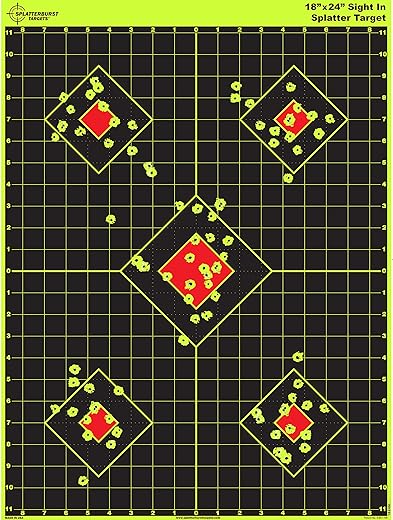
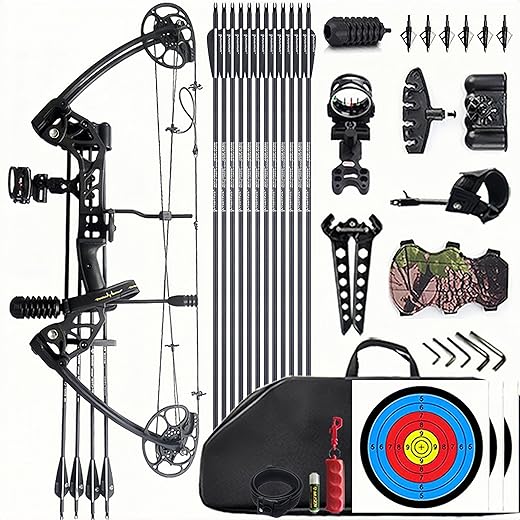



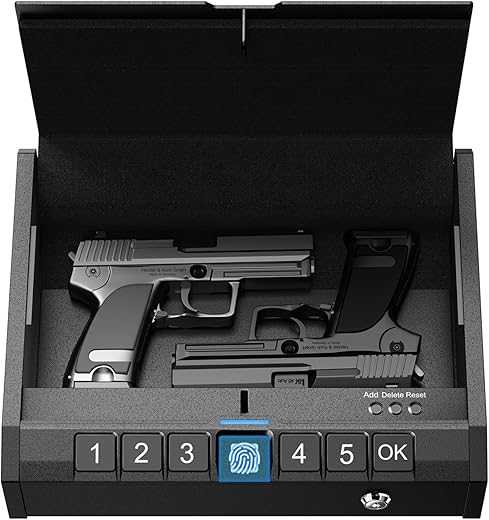
I think it would have been helpful to include some recommended target distances for sighting in the bow. Overall, great information!
I never realized how important it is to properly sight in your bow before hunting. This article really opened my eyes.
Great article! I found the step-by-step instructions very helpful for a beginner like me. Thanks!
The explanation of how to correct for windage was spot-on. I can’t wait to try it out in the field.
I appreciate the inclusion of tips for adjusting the sight pins. I always struggled with that part.